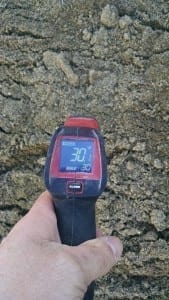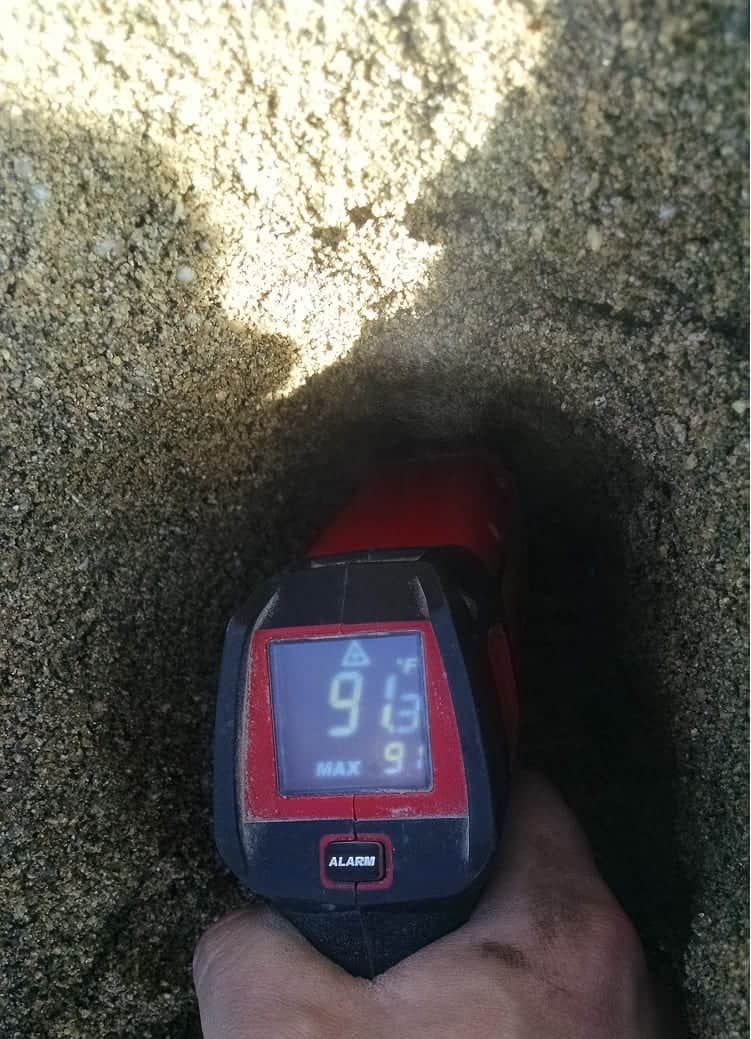During the coldest days of the winter there are challenges presented for pouring concrete. With our 65 years in the industry, Shelby Materials has ways around the chill of winter. Let us explain.
Concrete hydrates (combines water and cement) to gain strength. This chemical process requires 2 things heat and time. In the winter, the process is very slow. There is no latent heat laying around to speed the process. The air and ground are cold overnight, often below freezing.
 The men placing and finishing the concrete want to get home at a reasonable time. Without warm concrete, that would be impossible. There are limits. Water boils at about 212 degrees. We can’t safely make and hold water near that limit. It’s explosive. The other problem is that water receives and exchanges its heat very quickly. That is why we use it in radiators. In concrete, however, we need a long sustained source of heat for the placing crew.
The men placing and finishing the concrete want to get home at a reasonable time. Without warm concrete, that would be impossible. There are limits. Water boils at about 212 degrees. We can’t safely make and hold water near that limit. It’s explosive. The other problem is that water receives and exchanges its heat very quickly. That is why we use it in radiators. In concrete, however, we need a long sustained source of heat for the placing crew.
At Shelby, we use hot sand to deal with the coldest days of winter. There are a number of advantages:
It is safer to handle because it does not need to be as hot as hot water. Seldom warmer than your coffee temperature.
Sand weighs more than water (2.6 times). This is huge. Hot sand can carry 2.6 times more heat into the concrete for a much longer time than water.
A great visual for how this works is our own history, before electricity. Prior to electric heat, the only way to keep a winter bed warm all night long was to put hot rocks in a copper container and slide it under the bed. Burning embers was dirty, dangerous and short lived heat. Keeping a fire going all night isn’t easy in a fireplace let alone a small copper vessel under a bed. Rocks on the other hand retain their heat for a long period because of their density. In a very similar way, hot sand (more density than water) allows for efficient winter concrete pours.




